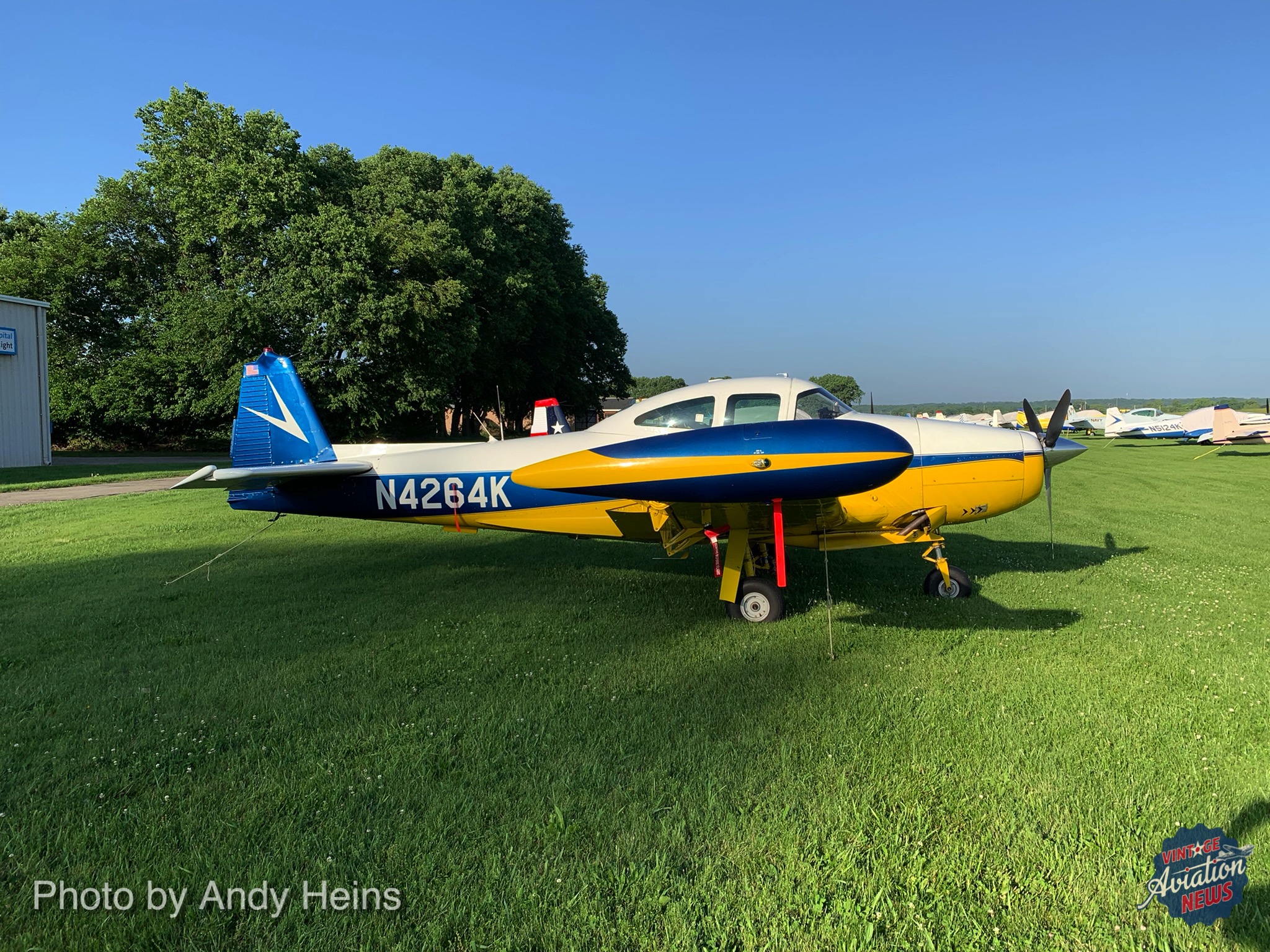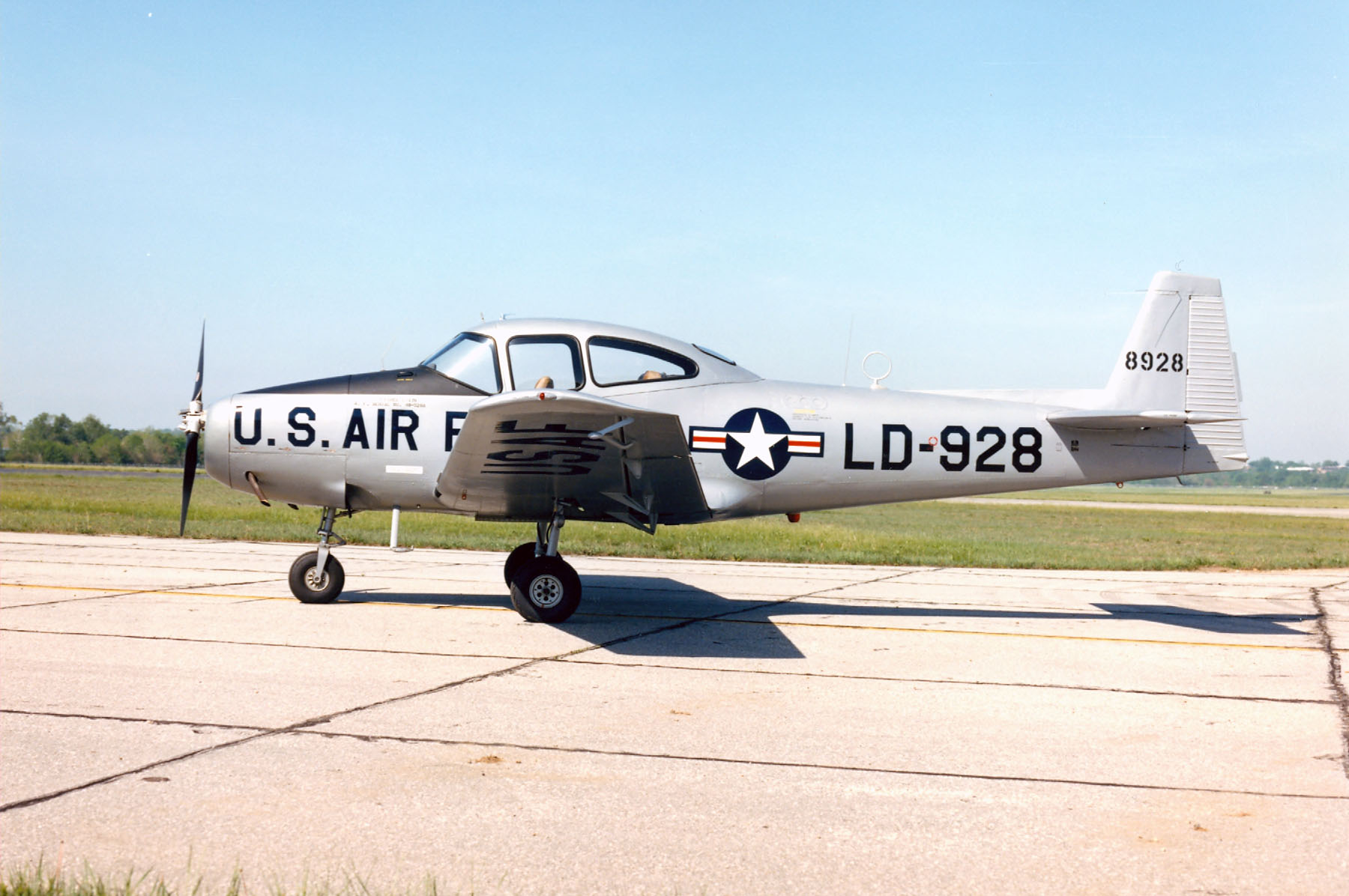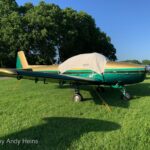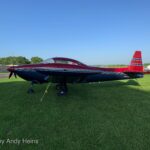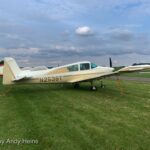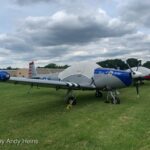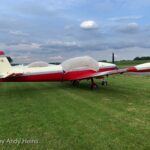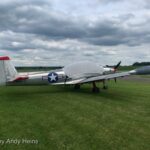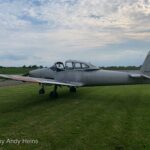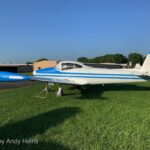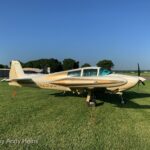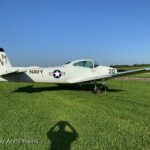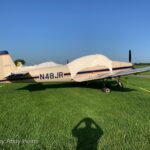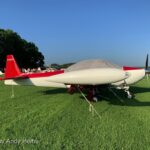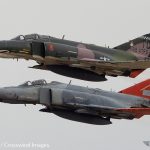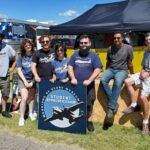By Andy Heins
The Navion is a now iconic touring/liason aircraft which emerged from North American Aviation’s design studio as the NA-143 during the post-war economic boom in 1946. The NA-143 (produced as the NA-145) came from the same lineage as another well-known North American product, the P-51 Mustang, and one can easily trace some of that type’s design language in the Navion. Powered by a 185hp Continental E-185, the North American Navion became well-known as a sturdy workhorse with excellent performance. It could get in and out of short airfields while carrying a substantial load and still manage a decent cruise speed (around 140 mph). In all, North American built 1,109 Navions for civilian use with a further 83 for military operators (as the L-17A) between 1946 and 1947.
In the summer of 1947, the Ryan Aeronautical Company bought the Navion’s type certificate and established a production line at their San Diego factory in 1948. They built roughly 1,424 examples (1,266 civilian models and 158 L-17Bs for the military) before manufacturing ceased in 1951. The main difference between North American and Ryan Navions involved the engine choice. Ryan Navion A models came equipped with a 205hp Continental E-185-9 engine, but the company later offered a more powerful 260hp Lycoming G0-435-C2 in the Navion B (also known as the Super Navion 260).
Ryan sold the production rights to a company named TUSCO (Tubular Steel Corporation) in 1958. They established the Navion Aircraft Company to oversee production and improve the product. A prototype incorporating these modifications first flew on June 10th, 1960. Known as the Navion Rangemaster G, the upgraded design featured some significant revisions, which included replacing the earlier model’s sliding canopy with an enclosed cabin (entered via a side door), a taller tail and auxiliary wingtip fuel tanks. Rangemaster production began in 1961, with a variety of powerplant options: a 240hp Continental IO-470-P (Navion D), 250hp Continental IO-470-C (Navion E), or the 260hp Continental IO-470-H (Navion F). This venture was short-lived, however, with the company going into receivership, however the Navion Aircraft Corporation (formed by members of the American Navion Society) purchased the aircraft’s type certificate in 1965.
The American Navion Society retained these rights until 2003, when they sold them to the experienced hands at Sierra Hotel Aero Inc. based at Fleming Field in South Saint Paul, Minnesota. While Sierra Hotel Aero presently helps owners upgrade existing Navion models, it is always possible that Navion production may restart if the right opportunity arises.
The National Navion Fly-In 2022
During the week of June 12th through 18th, 2022, the American Navion Society, Ltd. held their annual National Fly-in at Moraine Airpark (I-73) in Dayton, Ohio. It was the second time that this airport has hosted the event, the first being in 2008. Moraine Airpark is a wonderful airport for such events, as it has both paved and grass runways, easy access to local hotels and restaurants, and features a wide variety of unique antique and classic aircraft based on the field. It is also in close proximity to the National Museum of the US Air Force as well, which made for an interesting side trip,
During the course of the week, roughly 25 Navions of various makes and models attended the gathering. The club featured a number of flying events as well as tours around Dayton to take in various aviation-related attractions in the area.







